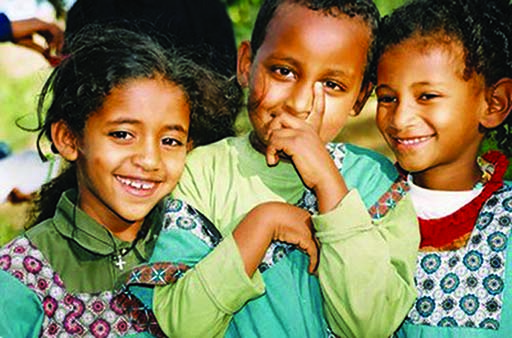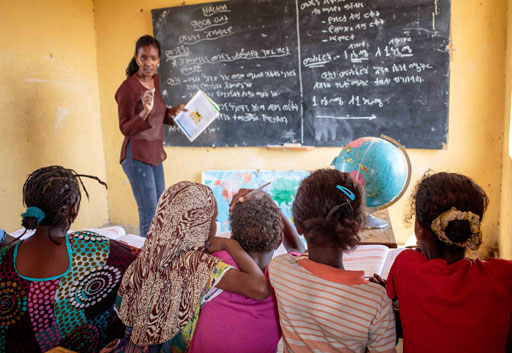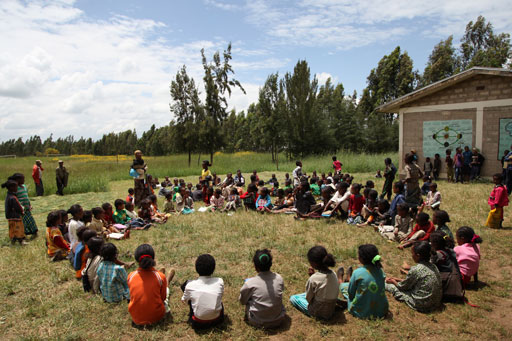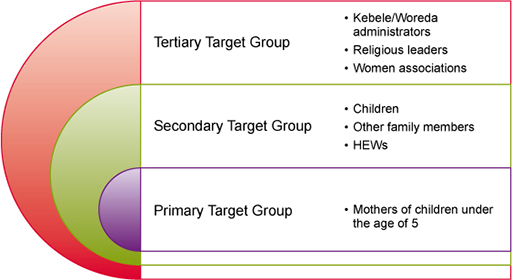8.2.1 Focus
You can see from Figure 8.1 that the first step is to identify your target population and the behaviour that you want to see changed.
The behaviour change could be driven by lots of different factors. In some cases it will be urgent, perhaps because of a disease outbreak linked to certain hygiene habits. In others it may be driven by the routine requirements of your role or perhaps a government programme to reach particular targets. You should always seek support and guidance from senior colleagues to ensure that your planned change is appropriate and review this decision once you have completed the FOAM framework and have a better understanding of all the determinants. You will spend more time thinking about desirable behaviours in Study Session 9.
The target population is simply the group that needs to make the change and this is up to you to define. For example a target population could be:
- male heads of households
- girls aged 10–16
- mothers
- rural households
- households of more than six people
- urban slum dwellers
- parents with a child under the age of three
- people living with HIV/AIDS.
Target populations can usually be divided into different levels according to their positions and influence on the desired outcome. We will use an example to illustrate these different levels. Imagine that you have been tasked with promoting handwashing with soap among young children in schools in your woreda. The children (Figure 8.2) will be your primary target population or group.

Associated with the primary target group are the people and community organisations that directly influence them through their own behaviour and actions (see Figures 8.3 and 8.4). This is your secondary target group and could include parents, teachers, or members of parent teacher association (PTAs).


Beyond this is the tertiary group. Figure 8.5 shows the relationship between the primary, secondary and tertiary groups. The tertiary target group, in the outermost ring, is composed of people who indirectly help or hinder the primary and secondary groups. The actions of tertiary participants reflect the broader social, cultural and policy factors that create an enabling environment for behaviour change. In our example these may include kebele or woreda administrators, religious leaders, and representatives of women’s groups and youth associations.

This process of analysing the different target groups is called a participant analysis. When you have completed it, you will have identified the primary, secondary and tertiary target populations for your planned handwashing promotion in schools. You will also have filled the first column of your FOAM framework. Note that depending on the scale of the intervention there may sometimes be only primary, or only primary and secondary, groups.
Imagine you are planning to promote handwashing with soap among mothers of children under the age of five in your woreda. Draw a diagram like the one in Figure 8.5 and identify who might be the main primary, secondary and tertiary target populations.
Your answer should look similar to Figure 8.6.
 Figure 8.6 Suggested answer showing the main primary, secondary and tertiary target populations.
Figure 8.6 Suggested answer showing the main primary, secondary and tertiary target populations.
8.2 Analysing and explaining behaviours using a FOAM framework
